Insulation Silo
Capacity: 15~15000ton (Base on wheat 0.75ton/m3)
Diameter: 1.8m~30m (Approx.)
Material: Mainly used for storing grains (wheat, corn, soybeans, etc.) that need to be kept warm or insulated.
Structure specs: corrugated plate + insulation layer + surface protection layer
Body panel thickness: 1.0mm~8mm.
Introduction
Insulated steel silo also called insulation steel silo is an important innovation in modern grain storage technology, playing a crucial role in ensuring grain safety and quality. With climate change and increasing demand for grain storage, traditional storage methods are no longer able to meet the requirements for long-term secure storage. The emergence of insulated steel silos effectively solves the problem of temperature fluctuations affecting grain quality. It provides a stable storage environment, reducing the impact of external temperature fluctuations on the stored grain, thereby extending the safe storage period and maintaining grain quality. Additionally, insulated steel silos can also reduce energy consumption, minimize losses during grain storage, improve storage efficiency, and provide reliable protection for grain security reserves.
An insulated steel silo is an improved grain storage facility that adds an insulation layer to the traditional steel silo. Its main structure involves adding an insulation layer, filled with insulation materials such as polyurethane foam or rock wool, to the traditional steel silo, forming a complete insulation system. Compared to regular steel silos, the key characteristic of insulated steel silos is their excellent insulation performance. Regular steel silos have high thermal conductivity and are easily affected by external temperature changes, whereas insulated steel silos significantly reduce heat conduction through the design of the insulation layer, resulting in a more stable temperature inside the silo. This design not only effectively prevents condensation issues caused by temperature differences between the inside and outside of the silo but also minimizes quality changes in grain due to temperature fluctuations, making it particularly suitable for use in regions with large temperature differences, such as northern areas.
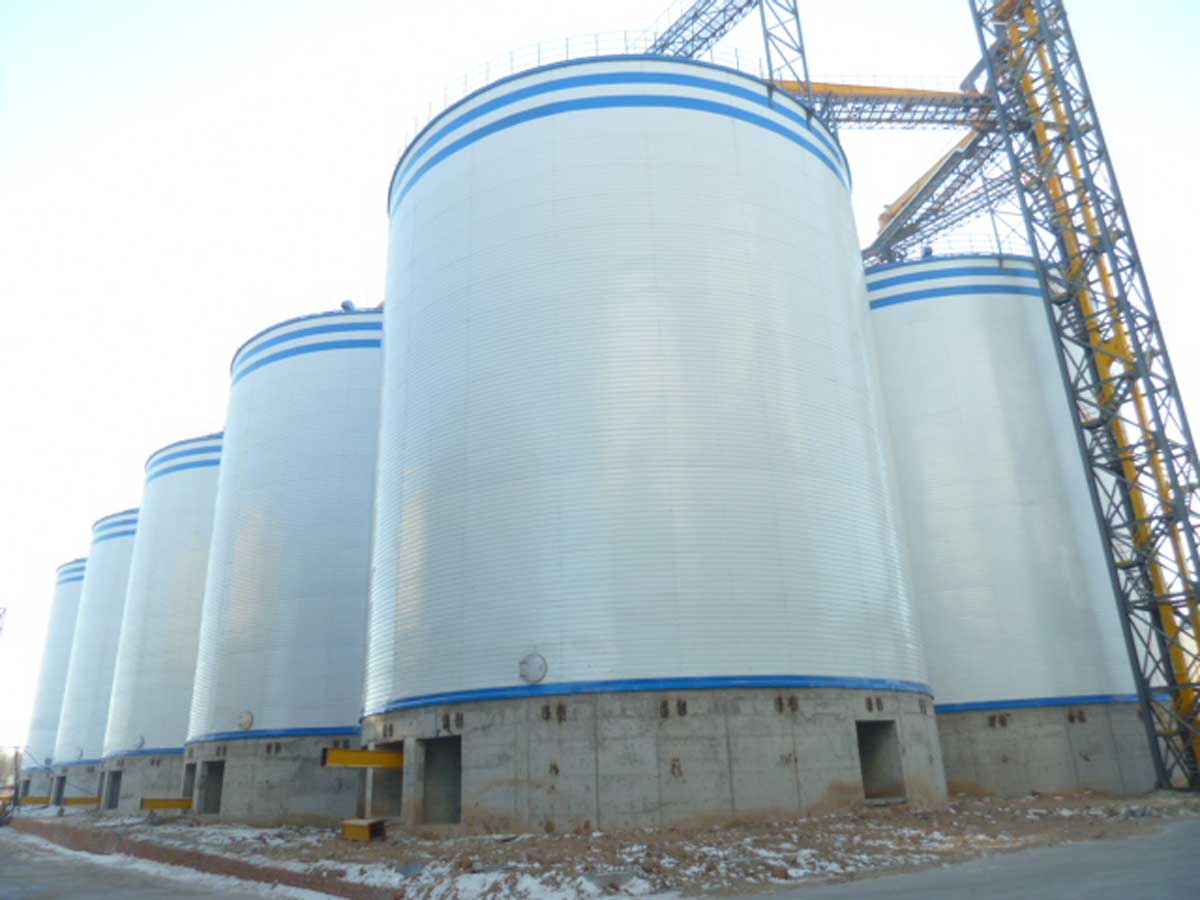
Advantage
Insulated silos have several advantages and characteristics
Excellent thermal insulation performance: Double-layer or multi-layer insulation design combined with high-performance polyurethane foam or rock wool, the thermal conductivity can be as low as 0.022 W/m·K, significantly reducing heat loss.
Safe and reliable structure: Based on the mature structure of traditional steel plate silo, combined with the insulation layer design, the overall structure has high strength and durability, meeting long-term storage needs.
Strong anti-condensation ability: Stable temperature difference between the inside and outside of the silo prevents air humidity from condensing on the surface of the silo wall, effectively preventing mildew and corrosion caused by condensation.
Energy saving and environmental protection: Passive insulation reduces dependence on active cooling, ventilation or heating systems, reduces energy consumption and operating costs, and improves the economic efficiency of equipment use.
Lightweight and efficient: Compared with concrete or prefabricated warehouses, it occupies a small area, is light in weight, has a short assembly cycle, and can be put into production quickly.
Corrosion resistance and fire resistance: The outer steel plate is hot-dip galvanized or sprayed, and the internal polyurethane foam only carbonizes and does not drip when exposed to fire, and has good flame retardant properties.
Strong adaptability: According to the climate conditions and storage requirements of different regions, the insulation materials and layer thickness can be flexibly selected to achieve customized design.
Insulation silos play a significant role in ensuring grain storage safety
Firstly, they effectively control the internal temperature of the silo, reducing the impact of temperature fluctuations on grain quality. A stable low-temperature environment inhibits microbial activity and enzyme reactions, prolonging the safe storage period of grain.
Secondly, the excellent sealing performance of insulated steel silos prevents the intrusion of external moisture and pests, reducing the risk of mold and pest infestation.
Thirdly, insulated steel silos can minimize grain condensation issues caused by temperature changes, avoiding quality problems resulting from localized dampness.
Fourthly, insulated steel silos can be equipped with advanced monitoring systems to monitor parameters such as temperature and humidity inside the silo in real-time, promptly identifying and addressing potential safety hazards.
Lastly, insulated steel silos provide good ventilation conditions, allowing for the timely discharge of heat and moisture generated during storage, preventing self-heating and mold growth in grain piles.
Insulated steel silo construction process
Please feel free to give your inquiry in the form below.
We will reply you in 24 hours.
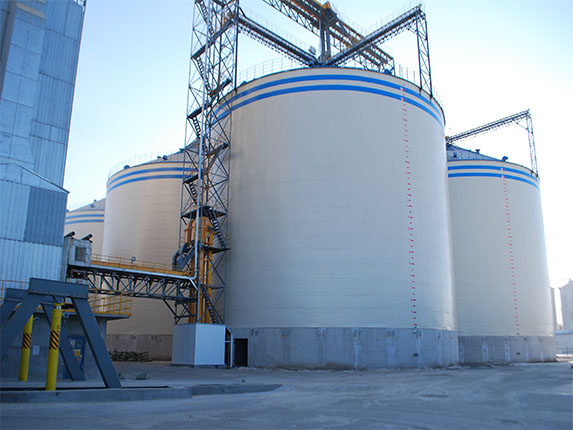
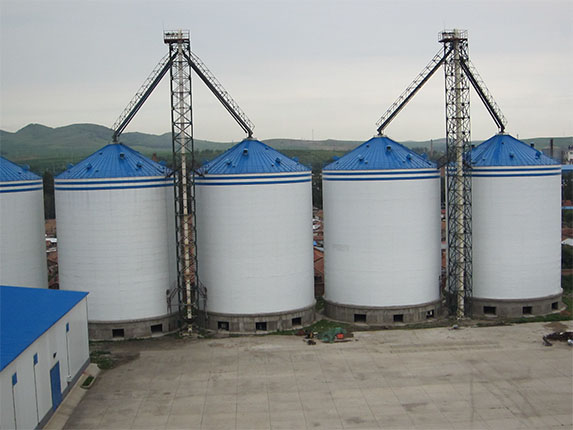
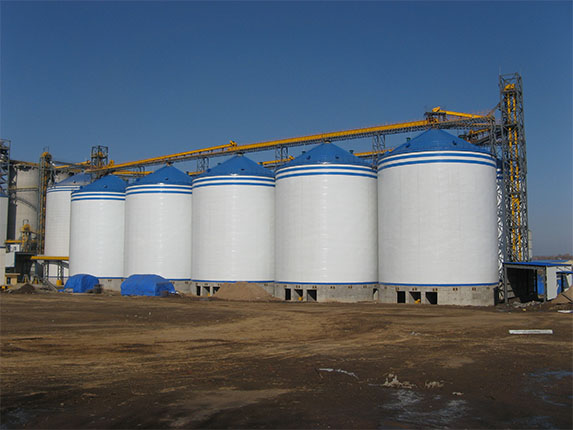
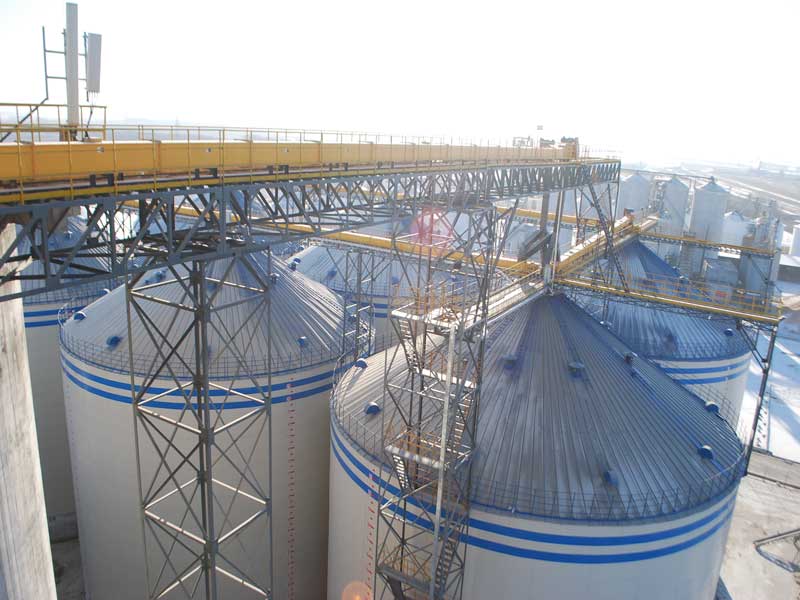

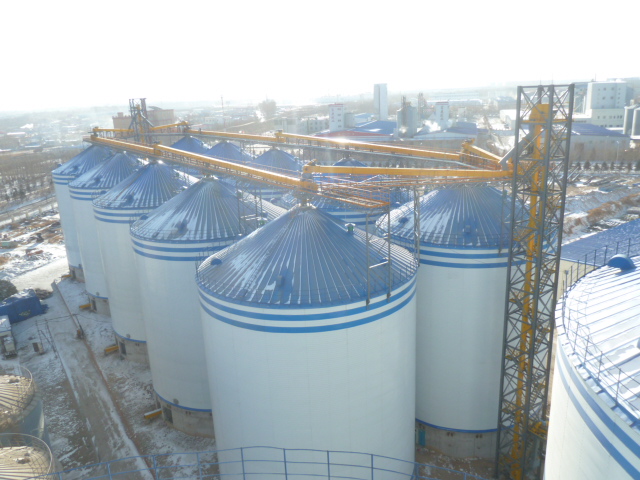


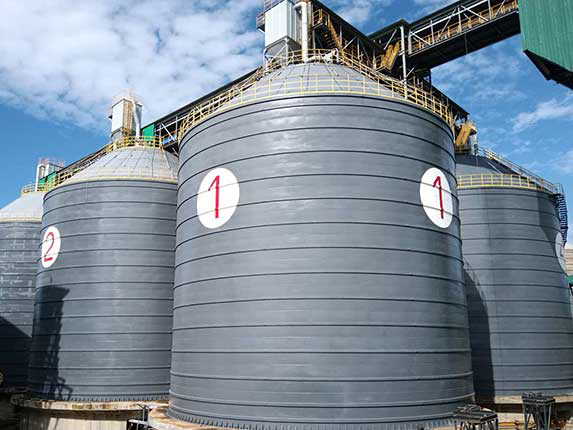

Assembly of the main body of the silo
Use high-strength bolts to assemble the side wall panels in a circumferential order, install the inner and outer steel plates and support ribs, and perform welding or sealant treatment.
Insulation layer construction
For the integral sandwich panel, the plate is directly fixed; for on-site foaming, polyurethane foam is sprayed in sequence according to the layering principle, and then cured and trimmed.
Surface protection layer installation
Apply protective paint or install protective plates on the outside of the insulation layer to prevent the insulation material from being damp or mechanically damaged, and at the same time enhance the weather resistance of the silo.
Ancillary equipment installation
According to application requirements, install ventilation systems, inlet and outlet equipment (such as silo sweepers or belt conveyors, elevators, etc.), inspection doors, internal and external ladders and safety nets, etc.
Commissioning acceptance
Carry out temperature and humidity monitoring tests, complete full load tests and bearing capacity tests, and issue an acceptance report and hand it over to the owner after meeting the specifications.